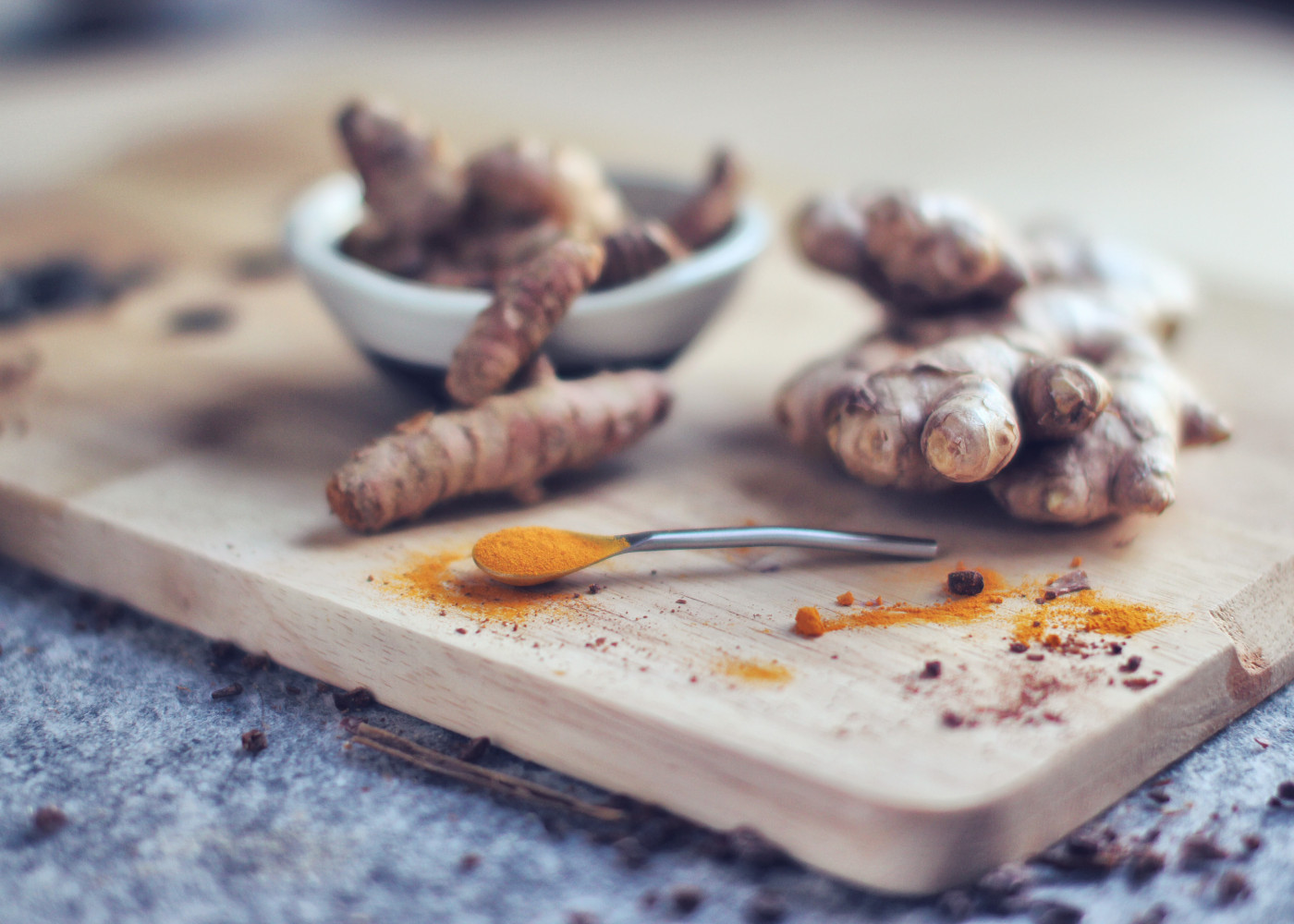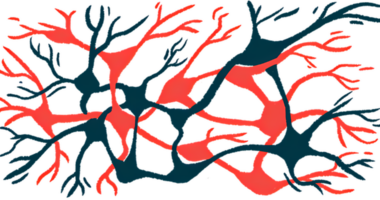Turmeric Oil Derivatives May Help to Protect Dopaminergic Neurons

Julia Topp/Unsplash
A compound naturally found in turmeric essential oil, called aromatic turmerone (ar-turmerone), and its derivatives were seen to protect dopaminergic neurons in a tissue culture model of Parkinson’s, researchers report.
These findings support the already known role of ar-turmerone in reducing the inflammatory response caused by activated microglia — specialized immune cells of the brain and spinal cord — and associated with the neurodegeneration seen in Parkinson’s. As such, ar-turmerone derivatives may offer new ways of treating the disease, the scientists suggested.
The study, “Aromatic-turmerone analogs protect dopaminergic neurons in midbrain slice cultures through their neuroprotective activities,” was published in the journal Cells by researchers in Japan.
Parkinson’s disease is caused by the loss of dopamine-producing (dopaminergic) neurons in the substantia nigra, a region in the midbrain.
Studies to mimic what is happening in the midbrain, using so-called midbrain slice cultures, have shown that activated microglia may trigger the degeneration of dopaminergic neurons in the substantia nigra. Nitric oxide, a molecule that promotes inflammation, is thought to be involved.
“Therefore, chemicals that inhibit microglial activation are considered to have therapeutic potential,” the researchers wrote.
Scientists in Japan investigated the potential of ar-turmerone, a main constituent of turmeric oil with known anti-inflammatory activity, to protect dopaminergic neurons in midbrain slice cultures, a laboratory cellular model that mimics what happens in a living brain. (Turmeric is perhaps best known as a common powder spice, whose bright color comes from a chemical it contains, called curcumin.)
They used a naturally occurring form of ar-turmerone, called S-Tur, and also designed eight structurally similar compounds (derivatives) that might be more powerful as an anti-inflammatory than ar-turmerone itself.
Three of these derivatives were indeed found to have stronger anti-inflammatory effects when added to activated microglia cells: (R)-ar-turmerone (R-Tur), ar-atlantone (Atl), and analog 2 (A2).
To determine if S-Tur and its three best derivatives could also protect dopaminergic neurons from microglia activation, the researchers added activated microglia cells to midbrain slice cultures. They then studied what happened when these cells were treated with each of the four compounds.
All four compounds prevented the loss of dopaminergic neurons, but they seemed to do so in a way that was independent of microglia activation. That is, these compounds did not inhibit the production of nitric oxide, which is released from activated microglia and involved in the degeneration of dopaminergic neurons.
Instead, ar-turmerone, Atl, and A2 were found to protect dopaminergic neurons through the activation of Nrf2, a protein that helps cells resist oxidative stress. Of note, oxidative stress is an imbalance between the production of free radicals and the ability of cells to detoxify them; these free radicals (or reactive oxygen species) are harmful to cells and associated with a number of diseases.
“Our study elucidated a new mechanism by which ar-turmerone and its derivatives directly protect … dopaminergic neurons, independent of their previously reported anti-inflammatory effects on microglia,” Takahiro Seki, the study’s lead author, said in a press release.
“We showed that two derivatives, Atl and A2, exhibit neuroprotective effects by increasing the expression of antioxidant proteins through the activation of Nrf2. In particular, the analog A2 identified in this study is a potent activator of Nrf2 and is assumed to have a strong antioxidant effect,” Seki added.
A2 is worth advancing into animal studies as a potential, oral dopaminergic neuroprotective agent for Parkinson’s disease, the researchers wrote.
“A2 might be a potential candidate for treating PD [Parkinson’s disease] As oral administration of ar-turmerone shows anti-depressive activity in mice, A2 would also be orally available and penetrate the blood-brain barrier. Further studies are expected to evaluate the in vivo efficacy of A2 on PD model animals,” they concluded.







